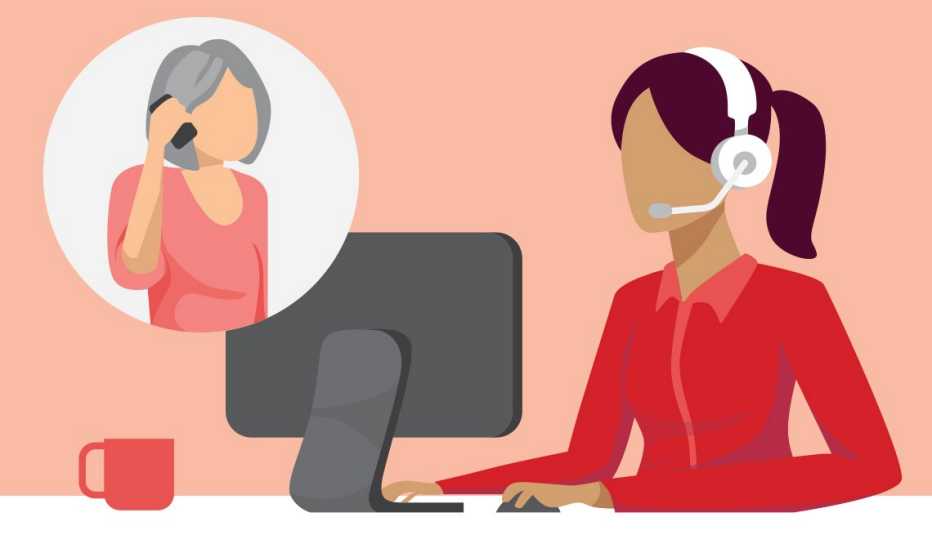Staying Fit
As an expert on banking and fraud with AARP’s Public Policy Institute, Jilenne Gunther works daily on programs and policies to stop financial exploitation of older adults. But the issue is personal for her, too.
“When I was young, my uncle would put cash into my grandfather’s wallet on a regular basis. One day, my uncle started noticing something atypical — my grandfather was spending more money, more frequently, which led him to believe that someone may be stealing cash from his wallet,” says Gunther, national director of AARP’s BankSafe initiative to protect older adults from financial abuse.

Like many in her family, Gunther’s uncle was a banker, and he had access to the exploding dye packs banks used to mark money taken in robberies. He put her grandfather’s wallet in a filing cabinet with one of the packs, and “in less than 24 hours a paid caregiver who was very close to my grandparents was caught red-handed, literally.”
“My family was lucky,” Gunther adds. “We were able to use our knowledge and tools from three generations of community banking to spot the red flags and stop financial exploitation.”
Other families are not as lucky. A 2019 review by the federal Consumer Financial Protection Bureau of suspicious activity reports filed by financial institutions found that one in nine incidents of elder financial exploitation where the target knew the perpetrator were committed by nonfamily caregivers. The average loss in such cases was $57,800.
‘Like the Wild West’
Hiring in-home care can be complicated and costly. Finding someone you can trust adds another layer of complexity and concern. A 2012 study published in the Journal of the American Geriatrics Society found that fewer than one-third of home-care agencies screened their employees for illegal drug use, and about 60 percent asked caregivers to describe their own skills rather than testing them.
Lee Ann Lindquist, M.D., section chief of geriatrics at the Northwestern University Feinberg School of Medicine and the study’s coauthor, says those findings still hold true.
“It’s an industry that’s still like the Wild West,” Lindquist says. “There hasn’t been a huge change in oversight or training. People are entering the field as [agency] owners, looking to make a profit. They’ll bring in people who need jobs and not provide them enough training to take care of someone with dementia or who has health needs.”
But families venturing into this O.K. Corral of care can arm themselves with information to find reputable, reliable providers.
First, hire caregivers only through a bonded and insured home-care agency, advises Paul Greenwood, a former deputy district attorney in San Diego who prosecuted hundreds of elder-fraud cases. Don’t use an online classified site like Craigslist or put an ad in the paper, he says.
Going through a bonded agency “is more expensive,” Greenwood says, “but at least you are buying some form of protection so that if the worst happens you probably have a far better chance to get reimbursed.”
When you approach an agency, come prepared with questions about who they are and how they operate. Gunther recommends asking:
- How long has the agency been in the business?
- Is it financially sound?
- What experience and certifications are employees required to have?
- Does it do criminal background checks on its caregivers?
- Does it conduct drug screening?
5 ways to spot and stop caregiver fraud
Working with a reputable, bonded agency is part of the path to peace of mind in bringing a caregiver into your loved one’s home. Experts recommend taking these additional steps to safeguard a care recipient from financial exploitation.



































































